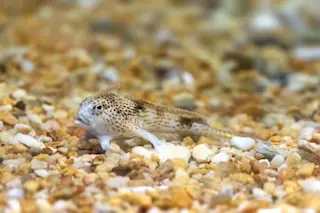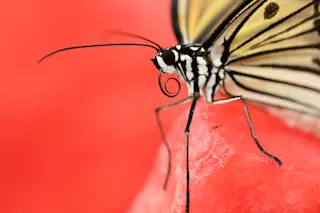Around 66 million years ago, a city-sized space rock splashed into the Gulf of Mexico and killed 75 percent of life on Earth, including the dinosaurs. We all know that story. But — at least for the survivors — the aftermath might not have been as hellish as we thought.
New evidence shows that within just a few years of this Armageddon, small worm-like creatures were already burrowing in the silty seafloor at the crater. That’s according to research published Wednesday in the journal Nature. The results came after roughly two years of analyzing rock cores collected from the impact site.
“It was really surprising to us to find that (the aftermath) wasn't hostile to life at all,” says geologist Christopher Lowery of the University of Texas at Austin, who led the study. “The recovery was really quick.”
“I think that shows how short-lived these effects from the impact were,” ...














